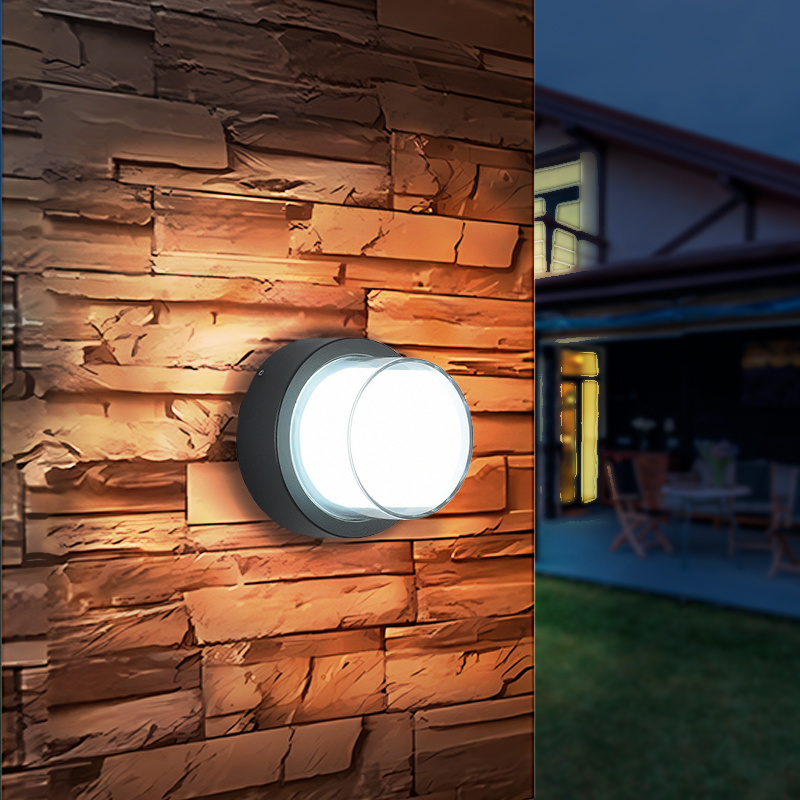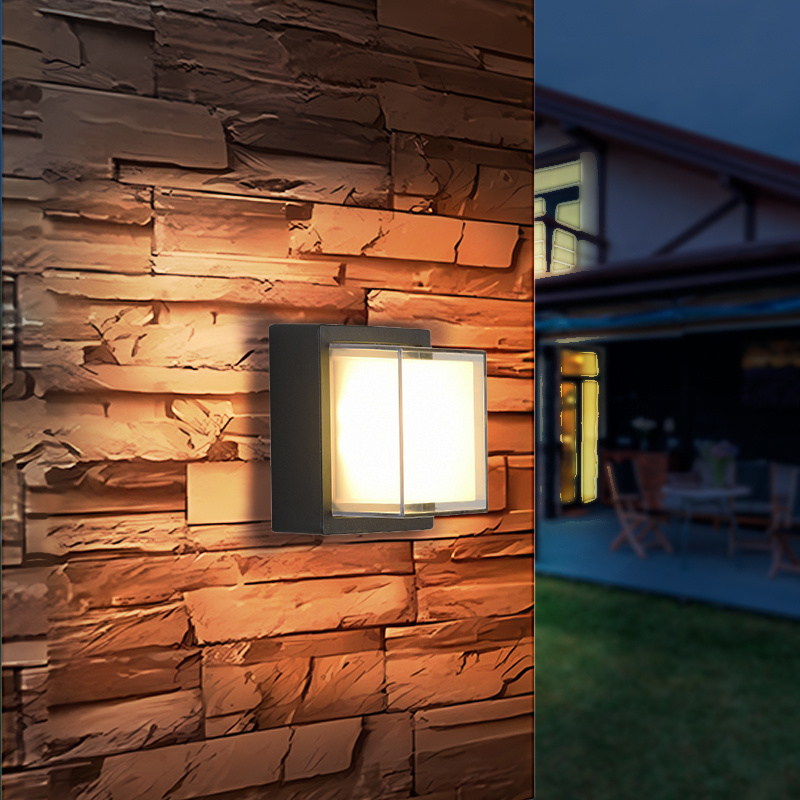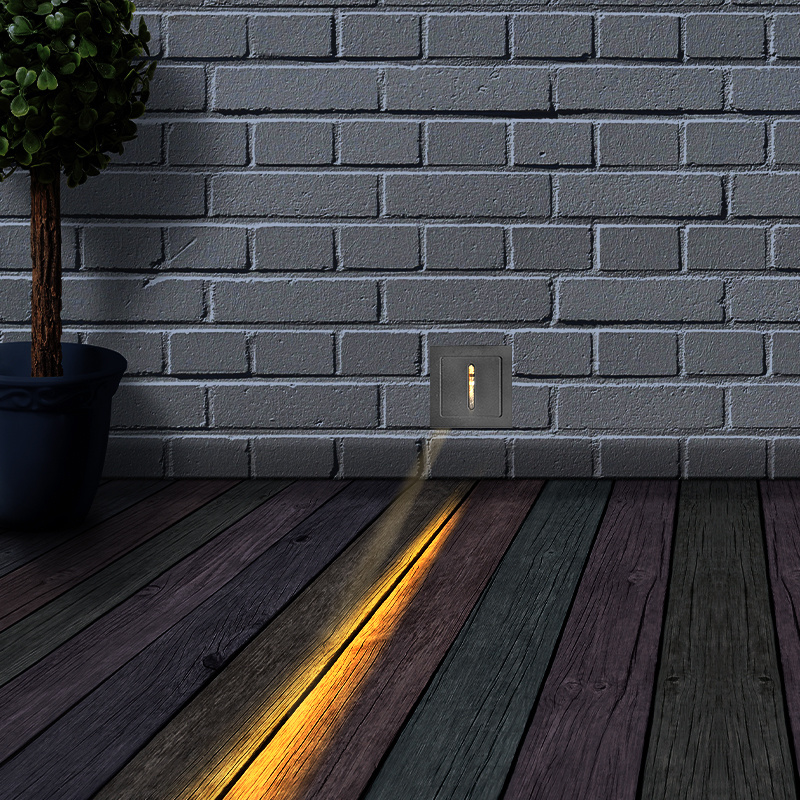language
English
العربية
বাংলাদেশ
Български
Hrvatski
Česky
Dansk
Nederland
 Esperanto
Esperanto
Slovenski
Filipino
Suomi
Français
Maori
 Shqiptare
Shqiptare
Georgian
 Euskara
Euskara
Deutsch
Ελλάδα
ישראל
इंडिया
Magyarország
Ísland
Indonesia
Irlanda
Italia
日本語
Sovensko
Հայաստան
한국
Kyrgyz
ປະເທດລາວ
 Zulu
Zulu
Latvian
Lithuanian
Luxembourgish
 Latinus
Latinus
Macedonian
Малайская
Maltese
Монгол улс
 Cymraeg
Cymraeg
ဗမာ
 தமிழ்
தமிழ்
नेपाल
Norge
ایران
Polska
Portugal
România
Российская
Србија
 Slovak
Slovak
Србија
 Slovak
Slovak
Bosanski
Slovenian
Беларус
España
Sverige
Точик
ประเทศไทย
Türk
Azərbaycan
Uzbek
 Afrikaans
Afrikaans
Việt Nam
How to Layer Lighting with Wall Sconces in Outdoor Areas: A Comprehensive Guide
Time:
2025-07-04
How to Layer Lighting with Wall Sconces in Outdoor Areas
Table of Contents
- 1. Introduction to Outdoor Lighting Layering
- 2. The Importance of Layering Lighting in Outdoor Spaces
- 3. Types of Outdoor Lighting
- 4. Understanding Wall Sconces as Outdoor Lighting Fixtures
- 5. Design Principles for Layering Lighting with Wall Sconces
- 5.1 Height and Placement Considerations
- 5.2 Choosing the Right Color Temperature
- 5.3 Ensuring Style Cohesion
- 6. Practical Applications of Wall Sconces in Outdoor Areas
- 7. Installation Tips for Wall Sconces
- 8. Frequently Asked Questions
- 9. Conclusion
1. Introduction to Outdoor Lighting Layering
Layering lighting is a vital aspect of creating a functional and visually appealing outdoor space. By effectively combining different types of lighting, you can enhance atmosphere, provide safety, and highlight architectural features. Wall sconces are versatile fixtures that play a critical role in this process. In this guide, we will explore how to layer lighting with wall sconces to achieve the perfect outdoor environment.
2. The Importance of Layering Lighting in Outdoor Spaces
Layering lighting is crucial for various reasons:
- Enhances Safety: Properly illuminated outdoor areas ensure safety during nighttime activities.
- Creates Ambiance: Layered lighting allows for mood setting, making spaces feel welcoming and comfortable.
- Highlights Features: Skillful placement of lights can draw attention to landscaping, architectural details, and outdoor furniture.
- Functional Versatility: Different types of lighting can serve various purposes, from navigation to entertainment.
3. Types of Outdoor Lighting
Understanding the different types of outdoor lighting is essential for effective layering.
3.1 Ambient Lighting
Ambient lighting provides the base level of illumination in an outdoor space. It is typically soft and diffused, creating a gentle glow that sets the overall mood. Wall sconces can significantly contribute to ambient lighting by casting a warm light over patios, decks, and walkways.
3.2 Task Lighting
Task lighting is designed to illuminate specific areas for particular functions, such as cooking on an outdoor grill or reading on a porch. Wall sconces can serve as task lights above outdoor seating areas or cooking stations to enhance visibility and functionality.
3.3 Accent Lighting
Accent lighting adds drama and interest by highlighting focal points in your outdoor space, such as artwork, plants, or architectural features. Wall sconces can be strategically positioned to cast light on these elements, drawing the eye and enhancing the overall aesthetic.
4. Understanding Wall Sconces as Outdoor Lighting Fixtures
Wall sconces are wall-mounted fixtures that come in various styles, shapes, and sizes. They can enhance both functionality and aesthetics in outdoor spaces. When selecting wall sconces, consider factors such as design, material, and brightness, as they can significantly affect the overall lighting scheme.
5. Design Principles for Layering Lighting with Wall Sconces
To effectively layer lighting with wall sconces, we need to follow specific design principles.
5.1 Height and Placement Considerations
The placement and height of wall sconces can dramatically influence the lighting effect. Ensure sconces are positioned at a height that provides adequate light coverage without being too harsh. A general rule is to install sconces 60 to 70 inches above the ground for optimal visibility.
5.2 Choosing the Right Color Temperature
Color temperature affects the mood of the space. Warm white (2700K-3000K) creates a cozy atmosphere suitable for relaxation areas, while cooler tones (4000K and above) may be more appropriate for task-oriented spaces. Selecting sconces with adjustable color temperatures can provide flexibility in lighting.
5.3 Ensuring Style Cohesion
Selecting wall sconces that complement the overall design style of your outdoor area is crucial. Whether your space is modern, rustic, or traditional, ensure that the sconces enhance the aesthetic rather than detract from it.
6. Practical Applications of Wall Sconces in Outdoor Areas
Wall sconces can be effectively employed in various outdoor settings.
6.1 Patios and Porches
In outdoor living spaces, wall sconces can create inviting areas for relaxation and socializing. Consider placing sconces on adjacent walls to achieve balanced illumination without overpowering the space.
6.2 Entrances and Walkways
Illuminating entrances and walkways is essential for safety and navigation. Wall sconces can be placed near doors and along paths to provide clear visibility while enhancing the overall charm of your home’s exterior.
6.3 Garden and Landscape Areas
Wall sconces can also be used to complement garden features. Positioning sconces near seating areas or highlighting particular plants can create a magical ambiance that enhances outdoor gatherings.
7. Installation Tips for Wall Sconces
Proper installation of wall sconces ensures safety and effectiveness. Here are some tips:
- Follow Manufacturer Instructions: Always adhere to the guidelines provided with your sconces.
- Consult a Professional: When in doubt, hiring a licensed electrician can ensure safe installation.
- Test Placement: Before final installation, temporarily mount sconces to determine the ideal positions.
8. Frequently Asked Questions
1. How many wall sconces do I need for my outdoor area?
The number of sconces depends on the size of the area you want to illuminate. A good rule of thumb is to place sconces 8 to 10 feet apart for even lighting distribution.
2. What is the best height to install wall sconces outdoors?
Wall sconces are typically installed 60 to 70 inches above the ground for optimal lighting effects.
3. Should I use dimmable wall sconces outdoors?
Dimmable sconces offer flexibility, allowing you to adjust the light level based on the occasion and create the desired ambiance.
4. Can outdoor wall sconces be used in wet conditions?
Yes, but ensure you select sconces rated for damp or wet locations to ensure longevity and safety in outdoor settings.
5. How do I maintain outdoor wall sconces?
Regularly clean the fixtures to remove dirt and debris, and check for any signs of wear or damage to ensure they function optimally.
9. Conclusion
Layering lighting with wall sconces in outdoor areas enhances both functionality and aesthetics. By understanding different types of lighting and applying effective design principles, you can create inviting and safe outdoor spaces. Wall sconces, when used thoughtfully, can transform your exterior areas into beautiful, well-lit environments that elevate your outdoor living experience. With careful consideration and creative application, you can achieve the perfect lighting balance for any outdoor setting.













